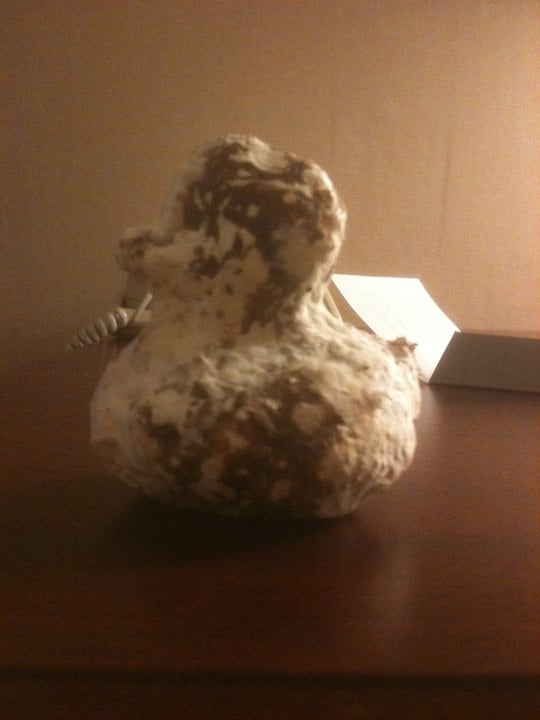Today’s post is going to pick up on a conversation I began following the PET Recycling and Extrusion Forum I attended in October; it revolves around the role machine technology plays in PET thermoform recycling.
October 21st post titled “Humbled by the Machine” discusses how there appears to be a disconnect between those designing packaging for recycling and those designing the machines capable of recycling said packaging. What this means is that while PET thermoforms are technically recyclable with PET bottles, little investment has made into how PET thermoform flake vs. PET bottle flake is reprocessed. In other words, while companies like S+S Sorting have insanely efficient machines for recycling PET bottle flake, I don’t know if the same can be said for PET thermoform flake. Check out the email I sent to the gentleman I met from S+S Sorting at the Forum inquiring into this assumption:
I was hoping you could help explain why the sorting technology your company manufacturers is only designed to reprocesses PET bottles, as opposed to PET thermoforms or other variants of PET. Is there a technical difference between bottle-grade PET and thermo-grade PET insofar as your machines’ ability to reprocess the material successfully? In other words, if your machines accepted mixed bales of PET bottles and thermoforms would they be able to “reprocess” the material into bottle-grade PET flake/pellets? Would the thermo-grade PET be interpreted as a contaminate or undetectable to the sortation technology?
And his response:
The presentation I did at the P.E.a.R. Forum in Chicago covered only the recycling of PET bottles because this is at the moment the market we see the biggest interest in.
Furthermore this is the industry which is the most relevant one for S+S Sorting Technology at the moment.
For sure the S+S sorters are able to sort other types of material (thermoforms, glass, metal scrap, E-scrap...)
What we have to consider especially for PET thermoform recycling is that the material is in general a bit lighter than the PET bottles.
This means that the throughput rates on the sorters will be lower...
In general the separation of PVC contaminants, metals, and off colors will work in the same way for thermoforms as for PET bottles.
What is important is that the thermoforms are well singulated and spread out on the conveyor belt of the sorter.
For this a proper working pre-treatment is absolutely necessary (bale opener, bale breaker, ballistic separator, overband magnet, maybe an eddy current system, vibratory feeder and then the sorter...)
In general the easiest way to explain this in more detail is a concrete project with figures like throughput rates, contamination levels, output quality...
Based on this information we can go into more details.
The reason I am picking up on this dialogue started in October now is because my friend at S+S informed me yesterday that they are conducting a pilot in which different types of PET flake, including thermoform, will be reprocessed on their existing lines to gain more knowledge about different type of flakes and impurities. My friend even said he would compile the information resulting from the pilot—specifically the technicalities of reprocessing PET bottle flake vs. PET thermoform flake—for my blog! What a guy!
Expect feedback in 1-2 weeks, yay! What do you think will happen?!?
[polldaddy poll="5828274"]
Have a great weekend—it is like 60 degrees in Chicago today, crazy!


